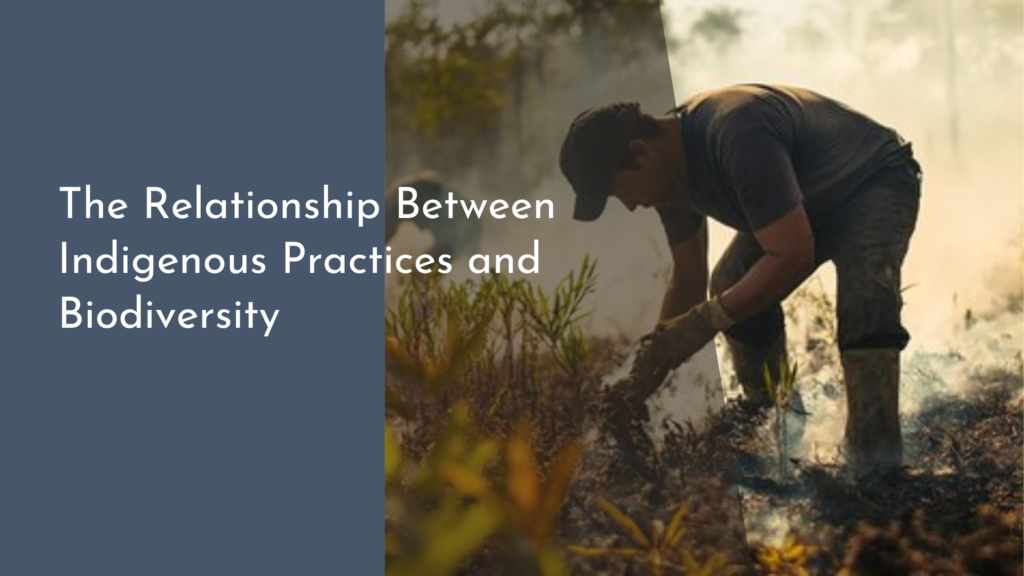The Connection Between Climate Change and Biodiversity Conservation
Climate change and biodiversity conservation are two interconnected facets of the environmental narrative that dominate global discourse today. As we grapple with rising temperatures and unpredictable weather patterns, understanding the symbiotic relationship between these phenomena is crucial. This article explores the impact of climate change on biodiversity, underscores the essential role biodiversity plays within ecosystems, and highlights strategies to ensure effective conservation. Let us also look ahead with optimism at the hopeful steps being taken towards restoring balance and harmony between nature and human activity.
Understanding Climate Change and Its Impact
Climate change, driven primarily by human activities such as burning fossil fuels and deforestation, is causing global temperatures to rise at an unprecedented rate. This warming leads to a cascade of environmental crises, including the melting of polar ice, rising sea levels, and more frequent and severe weather events like hurricanes and droughts. These changes threaten not only human societies but also the diverse ecosystems that sustain life on Earth. As ecosystems become disrupted, species face challenges in survival, migration, and reproduction, leading to a decline in biodiversity.
The impact of climate change on biodiversity extends beyond individual species; it affects entire ecosystems. Changes in temperature and precipitation patterns can alter habitats, making them inhospitable for some species while allowing invasive species to thrive. Coral reefs, often referred to as the "rainforests of the sea," are particularly vulnerable, with rising ocean temperatures leading to widespread coral bleaching. These intricate marine ecosystems support a vast array of marine life, and their degradation has far-reaching effects on global biodiversity. Understanding these impacts is crucial for developing strategies to mitigate the adverse effects of climate change and protect our planet’s biodiversity.
The Vital Role of Biodiversity in Ecosystems
Biodiversity is the cornerstone of healthy ecosystems, providing essential services such as pollination, nutrient cycling, and climate regulation. Diverse ecosystems are more resilient to environmental changes, as they have multiple species performing similar ecological roles. This redundancy ensures that if one species is affected by climate change, others can step in to maintain ecosystem functions. Biodiversity also contributes to ecosystem productivity, with diverse plant and animal communities supporting higher biomass and greater carbon sequestration, which can help mitigate climate change.
Moreover, biodiversity is integral to human well-being. It provides us with food, medicine, and raw materials, while also supporting recreational and cultural activities that enrich our lives. Indigenous communities, in particular, rely heavily on their local ecosystems and biodiversity for their livelihoods and cultural practices. Protecting biodiversity not only preserves these vital resources but also enhances our resilience to climate change impacts. By maintaining robust and diverse ecosystems, we can better adapt to environmental changes and safeguard the natural world for future generations.
Strategies for Effective Conservation Efforts
To combat the dual challenges of climate change and biodiversity loss, conservation efforts must be innovative and adaptive. One effective strategy is the establishment of protected areas, such as national parks and wildlife reserves, which serve as safe havens for threatened species. These areas can be strategically located to facilitate wildlife migration and resilience to climate change. Additionally, conservationists are increasingly employing restoration ecology techniques, such as reforestation and wetland restoration, to rebuild degraded ecosystems and enhance their ability to withstand environmental changes.
Community involvement is another critical element of successful conservation strategies. Engaging local communities in conservation efforts not only empowers them but also ensures that conservation initiatives are culturally appropriate and sustainable. Community-based conservation programs provide opportunities for education and employment, fostering a sense of stewardship and collaboration. By leveraging traditional knowledge and modern science, these programs can develop innovative solutions that address both biodiversity conservation and climate change adaptation. Through these collaborative efforts, we can create a more sustainable and harmonious relationship with nature.
Bright Future: Hopeful Steps Towards Harmony
Despite the challenges posed by climate change and biodiversity loss, there are reasons to be hopeful about the future. Technological advancements are paving the way for more effective conservation techniques, such as satellite monitoring of ecosystems and the use of genetic technologies to bolster species resilience. These innovations enable us to better understand and manage our natural resources, providing new opportunities for conservation and restoration efforts. Furthermore, global initiatives like the United Nations’ Sustainable Development Goals highlight the importance of integrating climate action with biodiversity conservation.
Collectively, individuals, communities, and nations are increasingly recognizing the importance of biodiversity in mitigating climate change. Grassroots movements and youth-led climate strikes are amplifying calls for urgent action, inspiring policymakers and businesses to adopt more sustainable practices. Reforestation projects, marine conservation efforts, and renewable energy adoption are just a few examples of the positive steps being taken worldwide. Together, these efforts offer a glimpse of a brighter future where humanity lives in harmony with nature, ensuring the health and vitality of our planet for generations to come.
The connection between climate change and biodiversity conservation is a testament to the intricate web of life that sustains our planet. By understanding the profound impact of climate change on ecosystems and recognizing the vital role of biodiversity, we can develop strategies that not only protect but also rejuvenate our natural world. Through innovation, collaboration, and a collective commitment to change, we can look forward to a future where environmental harmony is not just an aspiration but a reality. Let us embrace this opportunity to champion conservation efforts and create a legacy of resilience and hope for our planet.

